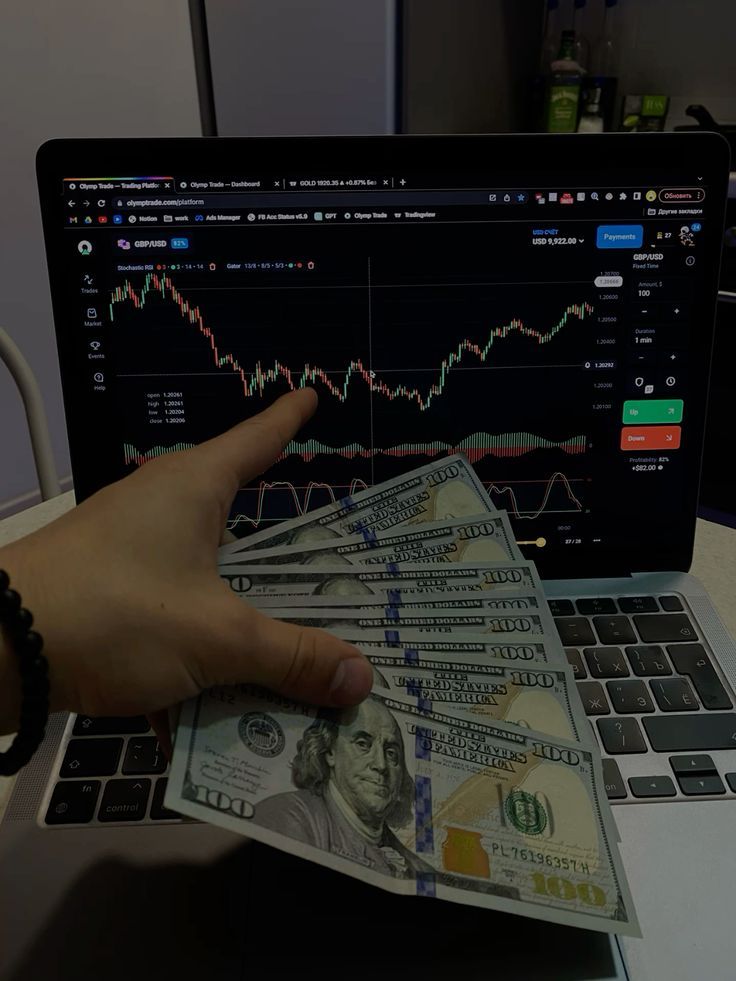How to Use TradingView: Tools, Tips, and Charting Features
How to Use TradingView: Tools, Tips, and Charting Features
Meta Description
Learn how to use TradingView effectively. Explore its charting tools, indicators, drawing features, and tips to improve your technical analysis workflow.
Introduction
Whether you’re a beginner in trading or a seasoned analyst, TradingView is one of the most powerful and accessible charting platforms available today. Known for its sleek interface, browser-based access, and an active global community, TradingView has quickly become the go-to choice for technical analysis across forex, stocks, crypto, and commodities.
In this guide, we’ll walk you through how to use TradingView, covering key features, essential tools, and expert tips to help you get the most out of your charting experience.
What Is TradingView?
TradingView is a web-based charting platform and social network for traders and investors. It provides real-time data, a massive library of technical indicators, and access to hundreds of markets — all without requiring downloads or installations.
Key Benefits
- Runs on any device via browser or mobile app
- Offers both free and premium plans
- Supports hundreds of indicators and chart types
- Active community with shared analysis ideas
- Integrates with brokers for live trading
Getting Started: Creating a TradingView Account
To begin:
- Go to tradingview.com.
- Sign up using your email, Google, or social login.
- Choose your plan (Free, Pro, Pro+, or Premium). The free plan is great for most beginner needs.
Once you’re logged in, you’ll have access to interactive charts, watchlists, and social ideas shared by other traders.
Navigating the TradingView Interface
When you open a chart, the interface is divided into several functional sections:
- Top Toolbar: Chart type, timeframe, compare assets, indicators, alerts.
- Left Sidebar: Drawing tools (trendlines, Fibonacci, text notes, etc.)
- Right Sidebar: Watchlist, news, chat, and idea streams.
- Bottom Panel: Strategy tester, paper trading, trading panel.
The interface is highly customizable — you can rearrange elements, change color themes, and save layout templates.
How to Use the Charting Tools
TradingView’s charting system is one of the most powerful in the market. Here’s how to make the most of it:
1. Changing Timeframes & Chart Types
- Choose from 1-second to 1-month intervals.
- Chart types include candles, bars, lines, Renko, Heikin Ashi, and more.
2. Applying Indicators
- Click on “Indicators” in the top toolbar.
- Browse hundreds of built-in indicators (e.g., RSI, MACD, Bollinger Bands).
- You can also search community-created scripts or create your own using Pine Script.
3. Using Drawing Tools
- Access the left sidebar to add:
- Trendlines
- Fibonacci retracements
- Support and resistance levels
- Text annotations
- Patterns (head & shoulders, wedges, etc.)
4. Creating Layouts & Templates
- Save your favorite setups for reuse.
- You can even load multiple charts in the same tab (Pro plan or higher).
Setting Price Alerts
Price alerts are essential for staying updated without watching charts 24/7.
- Click the alarm icon on the top bar or right-click on the chart.
- Set alerts for price, indicator crossovers, or custom conditions.
- Alerts can be sent via email, browser notifications, or SMS (with Pro plan).
Paper Trading on TradingView
If you’re not ready to risk real money, TradingView offers a built-in paper trading account:
- Access it via the bottom panel → “Trading Panel” → Select “Paper Trading”.
- Practice placing trades, setting stop-loss and take-profit levels, and managing positions in real-time without financial risk.
Backtesting with Strategy Tester
You can backtest strategies using the Strategy Tester tool:
- Load a strategy script (many are available in the public library).
- View performance metrics such as win rate, drawdown, net profit, and more.
- Modify strategy parameters and improve your edge.
Note: To write or edit strategies, you’ll need to learn Pine Script, TradingView’s scripting language.
Social & Community Features
One of TradingView’s most unique aspects is its strong community:
- Browse and follow other traders’ published ideas.
- Share your own charts and analyses publicly or privately.
- Join discussions, leave comments, and interact in real-time.
This social aspect helps beginners learn and gives pros a platform to showcase their expertise.
Tips to Improve Your TradingView Experience
- Use Keyboard Shortcuts: Speed up your workflow with shortcuts (e.g., “Alt+T” for trendlines).
- Color-Code Your Levels: Use different colors for support, resistance, entry, and SL.
- Organize Your Watchlist: Group assets by category (e.g., forex pairs, stocks, crypto).
- Try Dark Mode: Easier on the eyes during long sessions.
- Save Regularly: Save your layout frequently to avoid losing changes.
Free vs. Paid Plans: What’s Worth It?
| Feature | Free Plan | Paid Plans (Pro/Pro+/Premium) |
|---|---|---|
| Max Charts per Layout | 1 | Up to 8 |
| Indicators per Chart | 3 | Up to 25 |
| Alert Types | Basic | Advanced (webhook, time, etc.) |
| Data Speed | Slight delay | Real-time |
| Ads | Yes | No |
If you’re a casual trader, the free plan is sufficient. For professional traders and algo users, upgrading can be worth it.
Final Thoughts
TradingView combines advanced charting, social learning, and trading in one powerful platform. Whether you’re analyzing forex charts, testing strategies, or browsing expert analysis, it’s a tool that can truly elevate your trading process.
The best way to learn TradingView is to explore, experiment, and make it your own. Start with the free version, test all the tools, and only upgrade if you need the extras.


